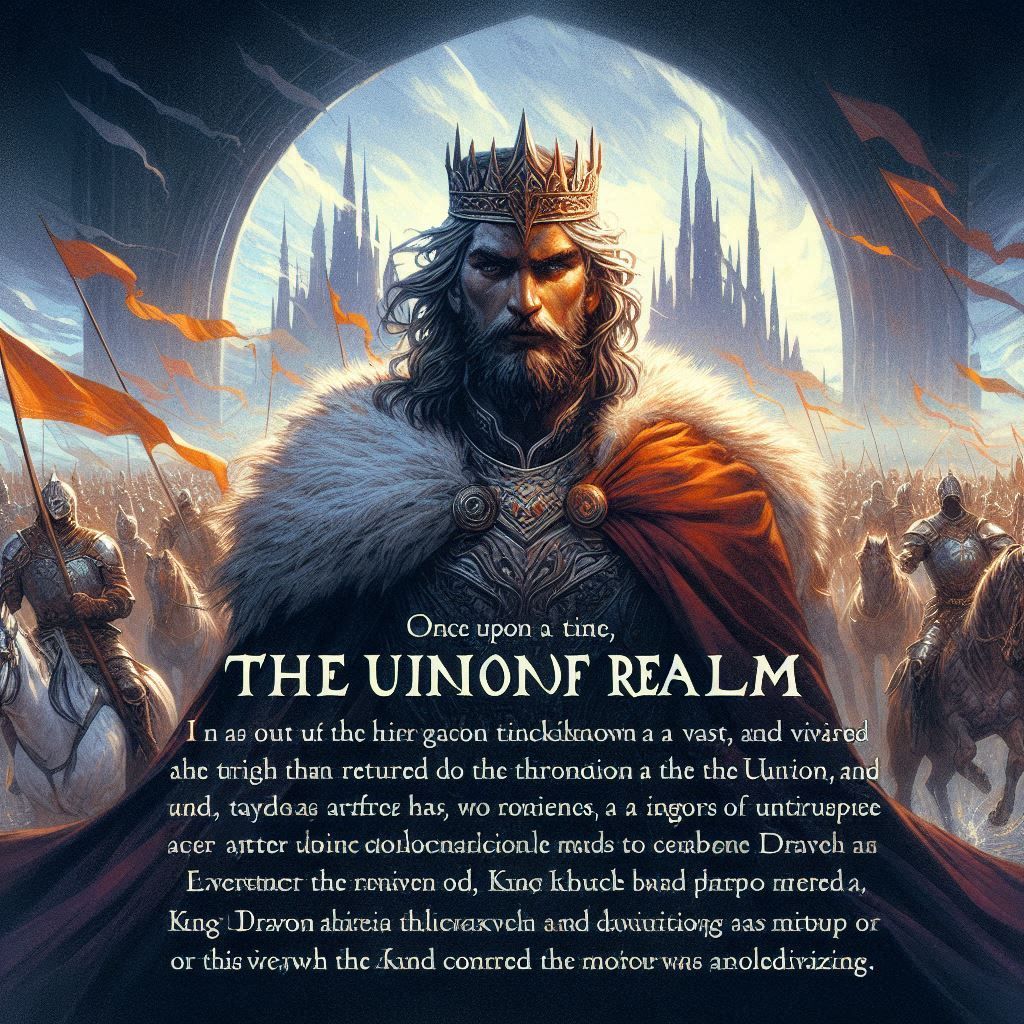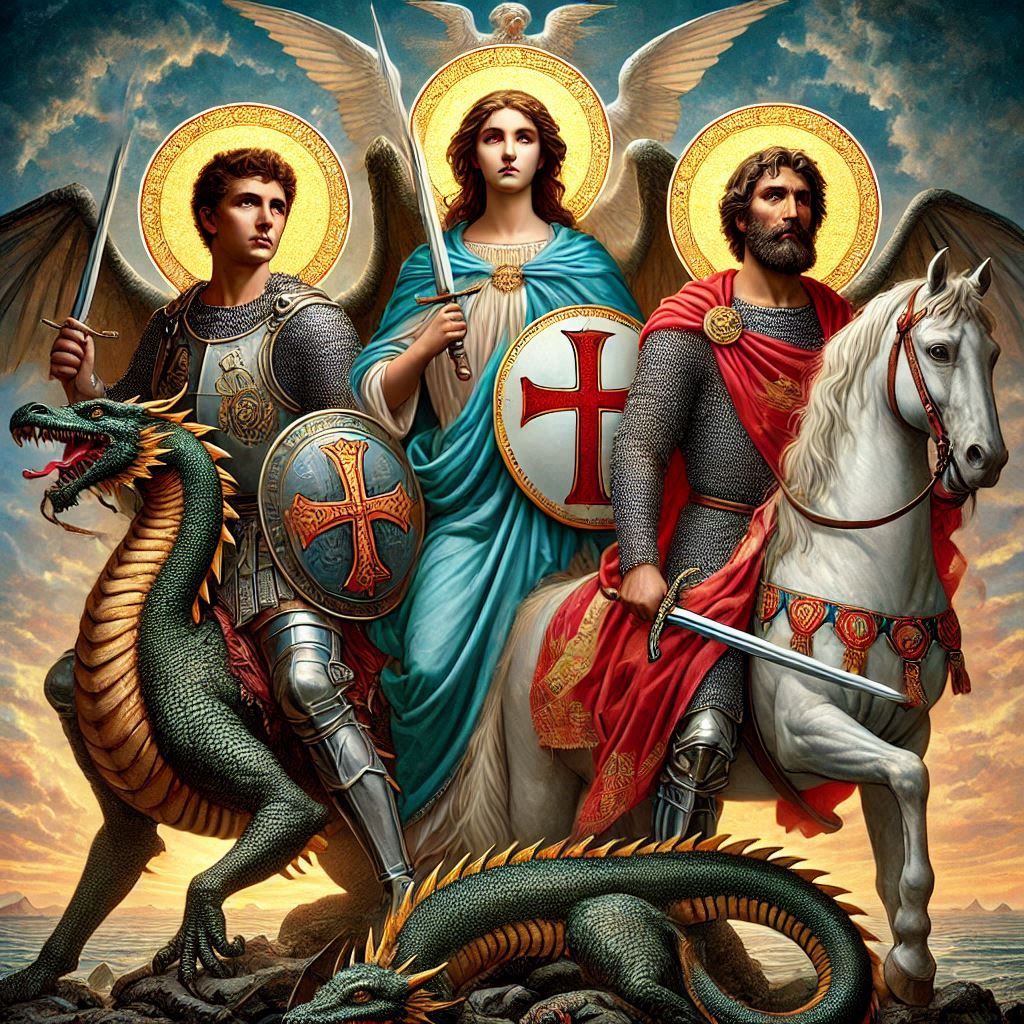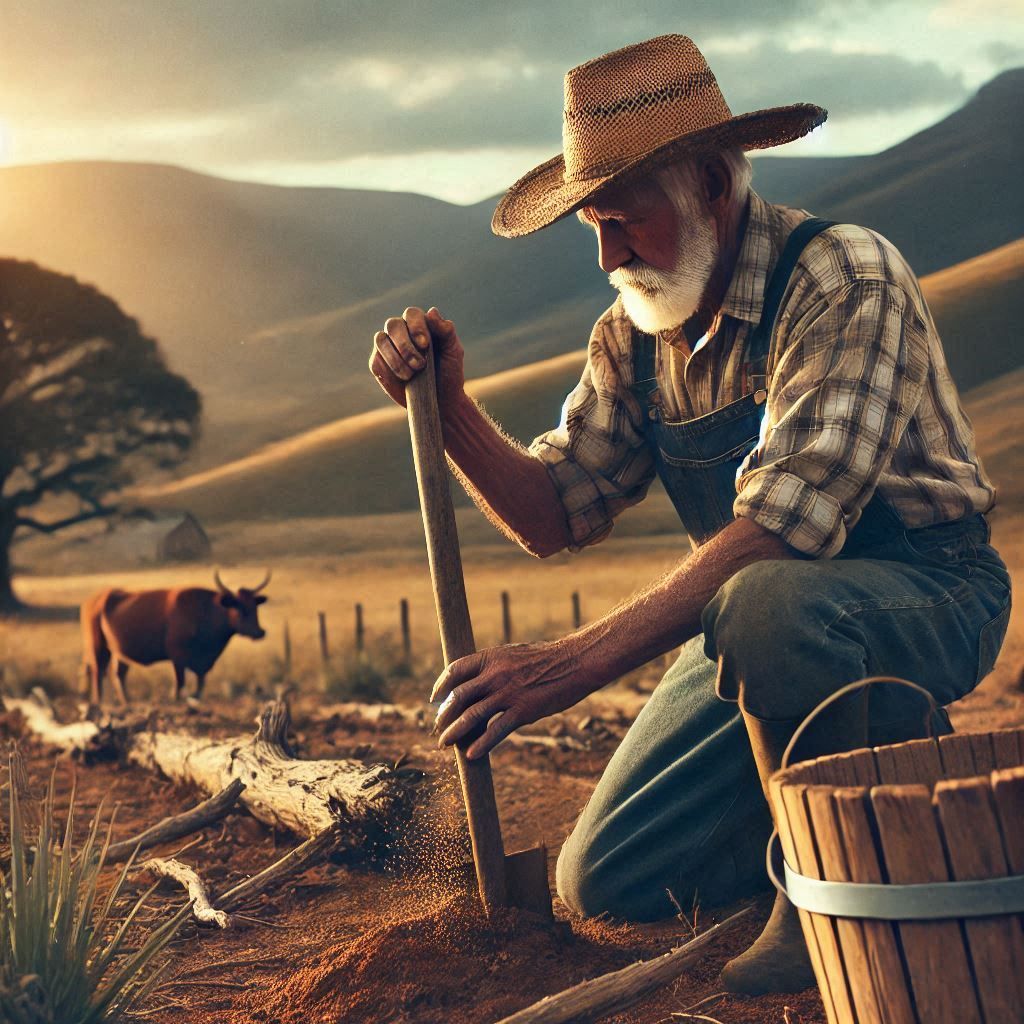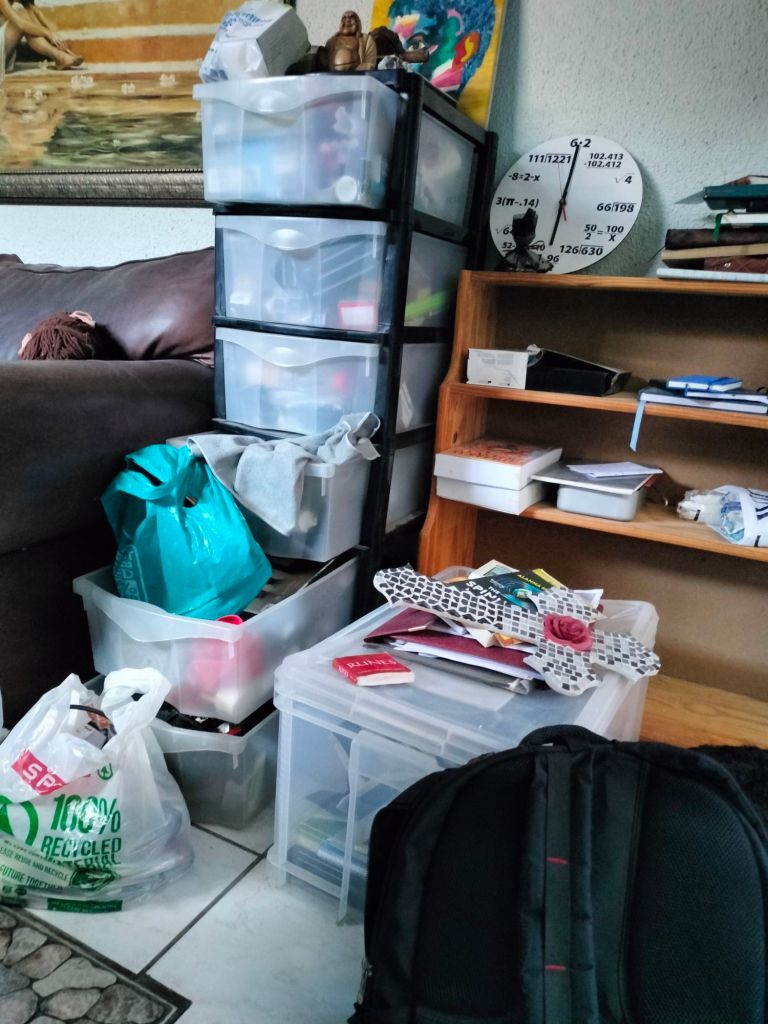Once upon a time, in a vast and diverse kingdom known as the Union of Realms, a ruler named King Dravon returned to the throne after years away. His re-coronation was met with both celebration and murmurs of unease, for King Dravon was a leader of conviction, yet his vision for the realm was a polarizing one.

—
Act I: The Return of the King
The kingdom had endured tumultuous years under the stewardship of a different council, which had forged alliances with neighboring lands and embraced the wisdom of sages from across the world. But King Dravon, believing the kingdom had strayed from its true destiny, declared:
“We shall no longer bow to foreign councils or heed the whispers of outsiders. Our strength lies within.”
He proclaimed new decrees:
1. The Walls of the Realm Shall Rise Again – To protect the kingdom from outsiders, though it would also keep its people confined.
2. The Guild of Voices Shall Be Silenced – To weed out dissent among scholars and scribes.
3. The Council of Diversity Shall Be Disbanded – To replace inclusivity with his idea of merit and order.
Though many cheered his boldness, others in the kingdom feared the shadow these decrees cast over freedom and unity.
—
Act II: The Whispering Winds
Beyond the kingdom’s borders, neighboring lands watched with concern. The Kingdom of Concord, the Union of Allied Sages, and the Verdant Isles—all once allies—sent envoys to plead with King Dravon to reconsider his isolationist path. But their pleas fell on deaf ears.
“The Union of Realms must forge its destiny alone,” the king declared, turning the envoys away.
Yet, as the walls grew higher, so did the whispers of discontent within the kingdom. A secret council of storytellers, philosophers, and travelers formed in the shadows, determined to preserve the kingdom’s fading diversity of thought. They called themselves the Keepers of the Flame, for they believed freedom of speech and the exchange of ideas were the true light of the land.
—
Act III: The Phoenix of Rebellion
One day, a young wanderer named Aria—a child of both the Union and the Verdant Isles—arrived in the capital. Aria carried with her an ancient relic, The Mirror of Truth, said to reveal the heart of a ruler to their people. She spoke to the Keepers of the Flame:
“The king has forgotten the power of reflection. If the people see his true heart, perhaps the light of understanding will guide him back.”
Under the cover of darkness, the Keepers and Aria infiltrated the royal court. During a grand festival celebrating the king’s decrees, they unveiled the Mirror of Truth before the gathered masses.
To their astonishment, the mirror did not reflect the king’s visage alone. Instead, it revealed two images: one of a steadfast protector who sought to shield his people, and another of a fearful soul, building walls out of insecurity.
—
Act IV: The Awakening
The crowd gasped. The king, seeing himself in the mirror, faltered. For the first time, he realized the weight of his actions—not just the power they wielded, but the shadows they cast. Aria stepped forward, addressing the king and the people:
“True strength lies not in silence but in the harmony of many voices. A kingdom divided by walls cannot flourish.”
Moved by the reflection and the courage of his people, King Dravon made a choice. He decreed the walls would not rise higher, the scribes and scholars would speak freely once more, and the kingdom would rejoin the councils of the world.
—
Act V: A New Dawn
Though the journey was far from over, the Union of Realms began to heal. King Dravon worked alongside the Keepers of the Flame to foster dialogue and unity. The Mirror of Truth was enshrined in the Hall of Wisdom, a reminder that even rulers must reflect on their own hearts.
And so, the kingdom learned that freedom, like fire, must be tended carefully to keep it burning brightly.
The End.




